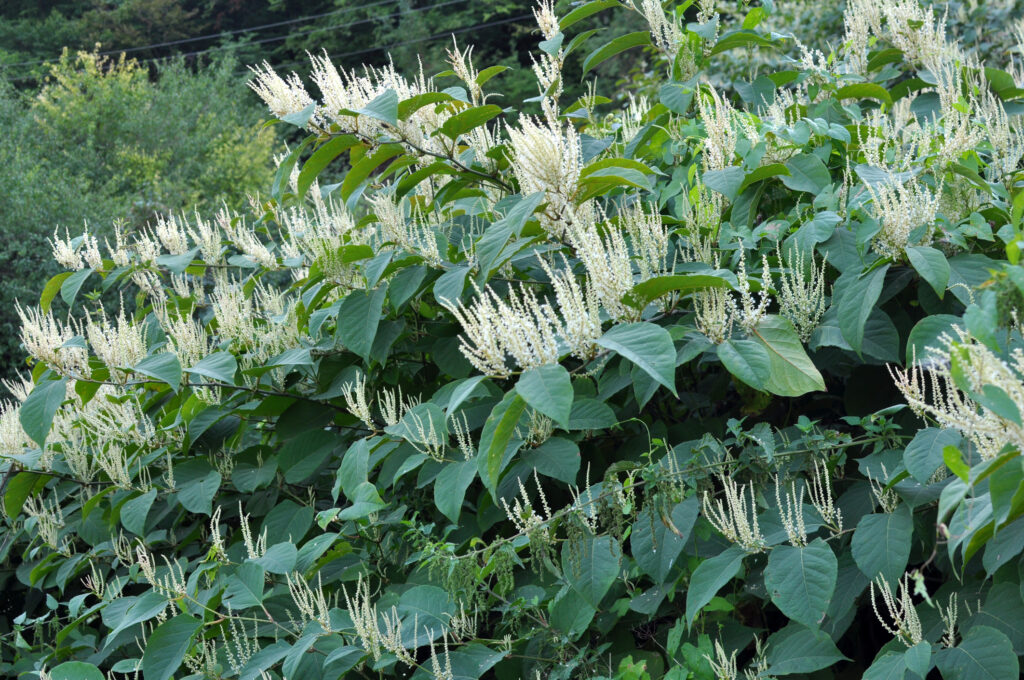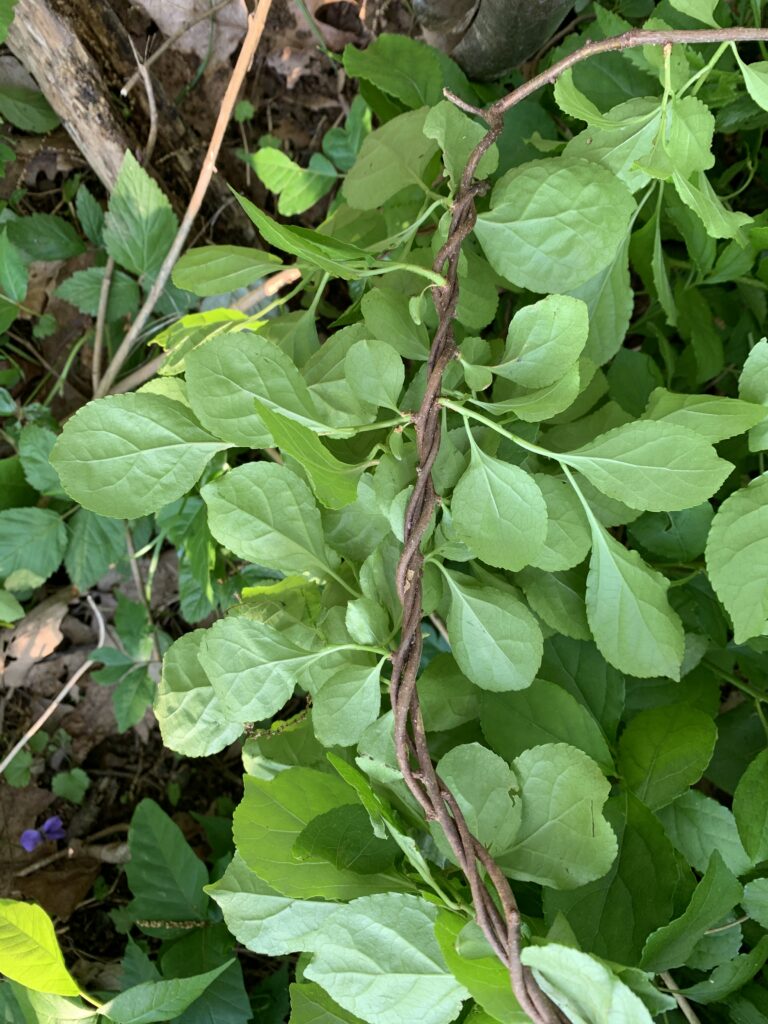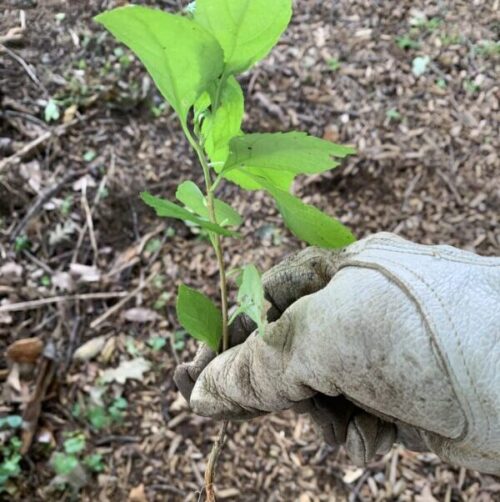Lake Erie Cooperative Weed Management Program
Surveying and Managing Invasive Plant Species in Western Pennsylvania
Pennsylvania Sea Grant works with natural resource managers, state agencies, and individuals to share resources, provide guidance, and deliver technical trainings to stop the spread of terrestrial invasive species.
In Western Pennsylvania, Sea Grant leads collaborative efforts and works to implement the five-year plan of the “Lake Erie Watershed Cooperative Weed Management Area (LEW-CWMA).” The Pennsylvania Lake Erie watershed supports some of the most ecologically rich habitats in the state. Invasive plant species pose a great threat to the biological integrity of diverse ecosystems that intertwine within the region.
With over 11,600 acres of publicly owned and managed lands, proactive agency staff, and numerous Non-Governmental Organizations active within the watershed, there is a long history of working together to minimize the various threats posed by invasive plants. The primary functions of the Lake Erie Watershed Cooperative Weed Management Area include the coordination of invasive species inventory, control, and education activities across the watershed. By prioritizing annual inventory and control efforts, increasing the capacity of individuals, agencies, and organizations, and leveraging funding to reduce the impacts of invasive plants, the LEW-CWMA has proven to be an effective mechanism to preserve the ecological integrity of the Lake Erie Watershed.
Each year, Pennsylvania Sea Grant works closely with partners of the LEW-CWMA to prioritize both plant species and locations for data collection, and by utilizing this data, facilitate invasive plant control where it will have the greatest ecological impact. Since the inception of the group in 2012, partners have worked collectively to manage over 2,200 acres within the Lake Erie watershed.
Tom Cermak, Pennsylvania Sea Grant Outreach Specialist, serves as the Coordinator for the LEW-CWMA and says,
“These milestones of success are the result of dedicated partners who have invested significant time and resources over the past decade. The collaborative efforts undertaken by the CWMA have provided a level of protection to the Natural Heritage Area’s within the region and preserved the rich ecology of the sites. Unfortunately, managing invasive species is not a one-time undertaking, it requires ongoing inventory, maintenance, and dedicated resources to protect these spaces.”



Since 2012, partners have managed invasive plant species across 2,200 acres within the Lake Erie watershed
Download the LEW-CWMA five-year plan.
Contact Us




